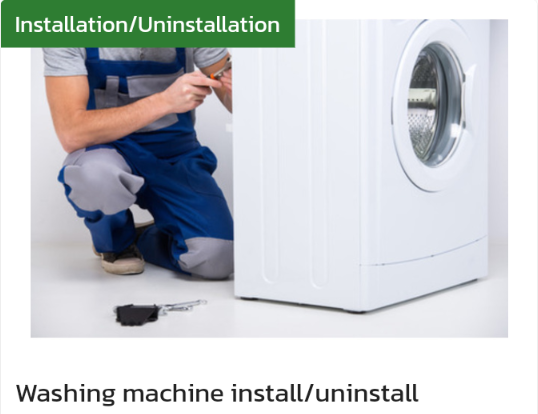Installing a Washing Machine:
-
Choose a location: Choose a suitable location for your washing machine, considering factors such as accessibility to water and electricity supply, ventilation, and drainage.
-
Prepare the area: Clear the space where you plan to install the washing machine. Remove any obstacles, debris, and dust from the area.
-
Connect the water supply: Connect the hoses from the washing machine to the hot and cold water faucets. Ensure that the connections are tight and secure to prevent leaks.
-
Connect the drain hose: Connect the drain hose to the washing machine and the drain pipe. Ensure that the hose is properly inserted and secured to prevent leaks.
-
Plug in the machine: Connect the washing machine to a power outlet. Ensure that the cord is not damaged and the plug is firmly inserted into the socket.
-
Level the machine: Adjust the feet of the washing machine to ensure that it is level and stable. Use a spirit level to check the level of the machine.
-
Test run: Run the washing machine through a test cycle to ensure that it is working properly.
Uninstalling a Washing Machine:
-
Turn off the power: Disconnect the power supply by unplugging the machine from the outlet or turning off the circuit breaker.
-
Turn off the water supply: Turn off the water supply by closing the hot and cold water valves.
-
Disconnect the hoses: Disconnect the hoses from the washing machine by unscrewing them from the faucets and the machine. Be prepared for any water that may still be in the hoses.
-
Disconnect the drain hose: Remove the drain hose from the washing machine and the drain pipe.
-
Move the machine: Carefully move the washing machine away from its current location.
-
Clean up: Clean up any water, debris, or dust that may have accumulated around the washing machine.
Note: If you are unsure about installing or uninstalling a washing machine, it may be best to hire a professional from Locals4u for assistance.
